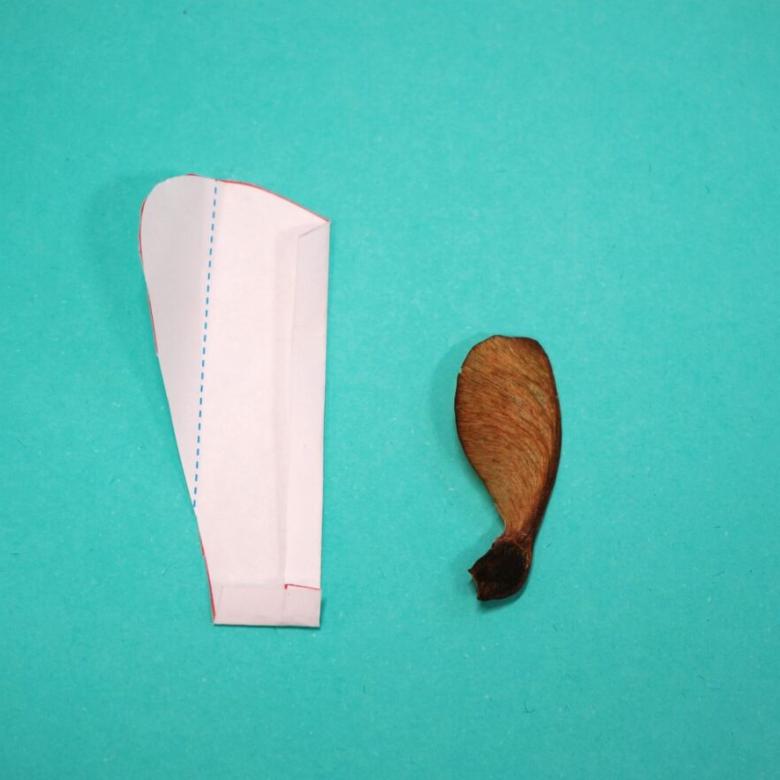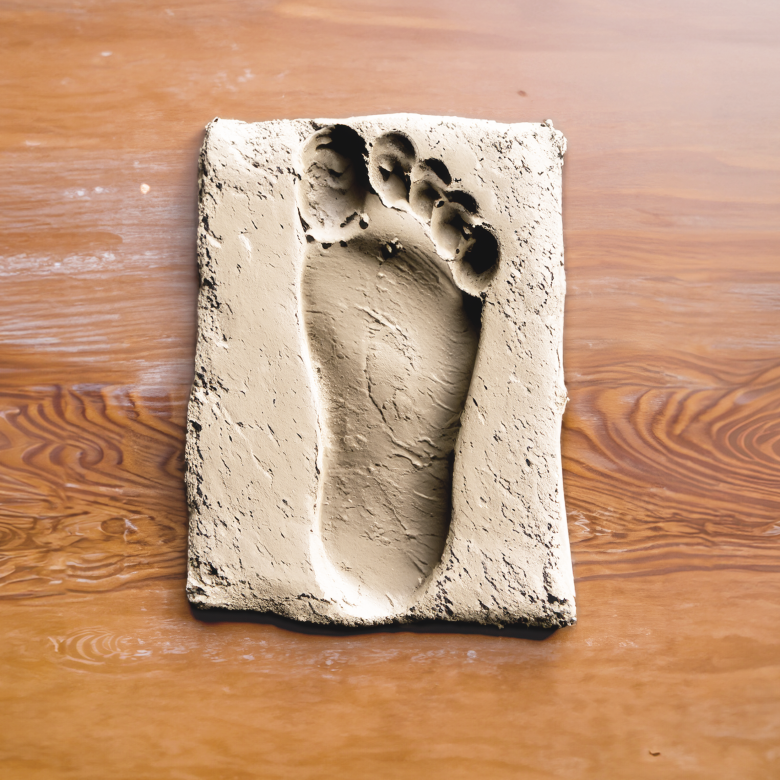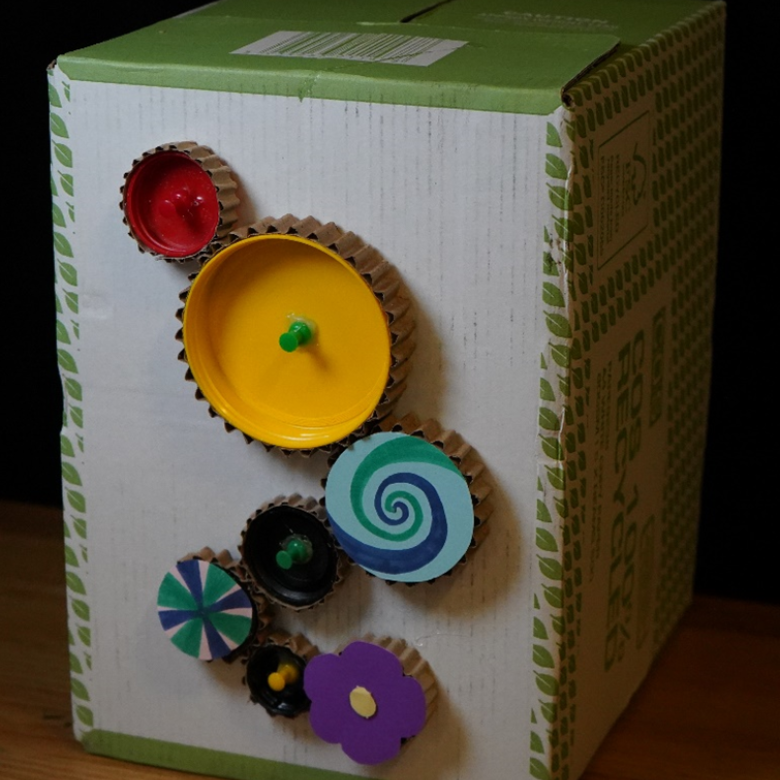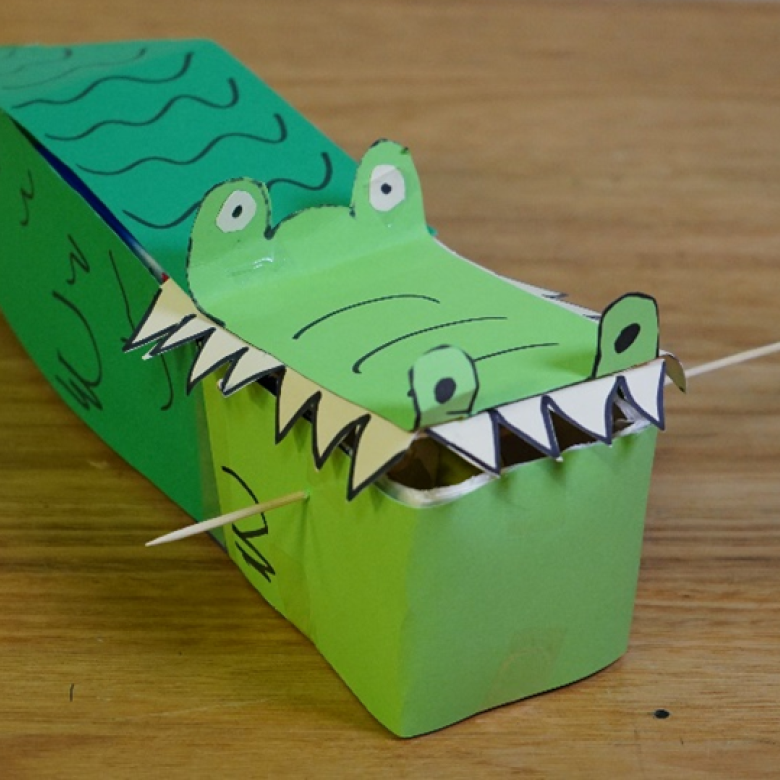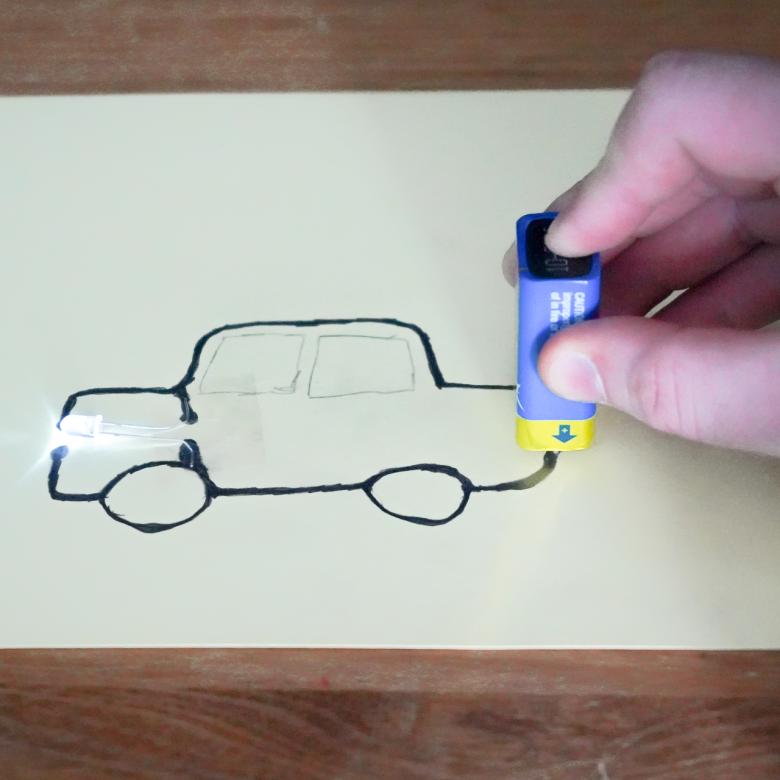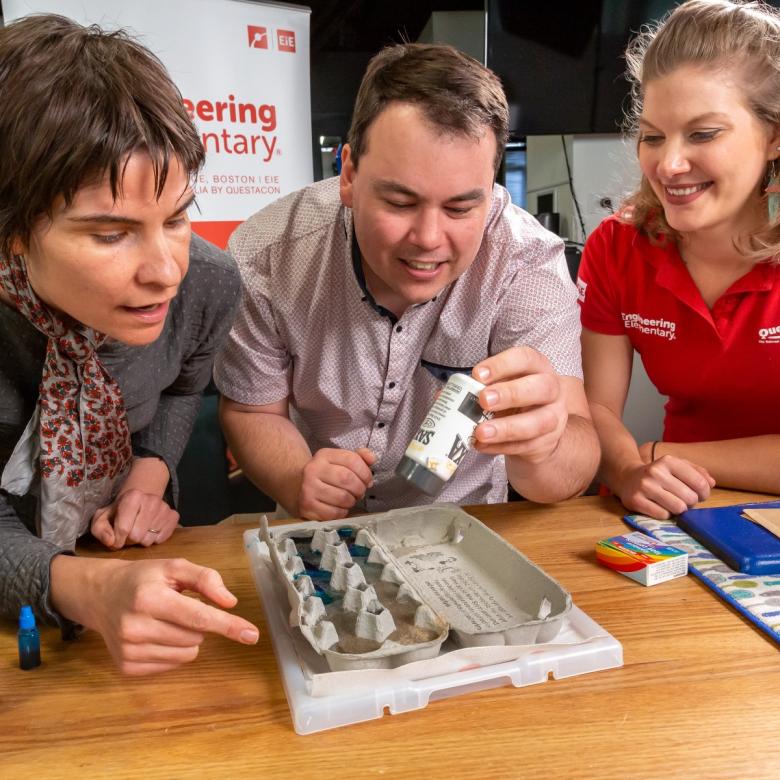What if you could play the drums without a drum set? Imagine you could make sounds just by moving your hands through the air. That’s exactly what you can do with AirSticks. AirSticks are an electronic instrument that allows you to turn your movements and gestures into sounds. They are the brainchild of musicians Alon Ilsar and Mark Havryliv.
By exploring different hand movements, you can trigger, manipulate and morph sounds to create something unique.
Professional drummer Alon and software engineer Mark met in 2003. Through their shared interest in music and sound, they wanted to create a new way to make music. Together, they made, tested and tried prototype after prototype to create an instrument that blurs the line between music and technology.
They explored wearable technologies, different interfaces, and worked through many prototypes, eventually settling on gaming controllers for the first version of AirSticks.
High-precision magnetic motion-sensor technology works out the exact location and orientation of the controllers (the sticks). To add sound to the controllers, Mark changed the computer code. He also added motion-controlled visuals that are projected on a screen in front of Alon, who can then create performances with both sounds and visuals.
The gaming controllers used to make the first AirSticks are no longer available, so Mark and Alon have used their knowledge from their PhDs in instrument and sound design to make their own. To create something both unique and user-friendly, they work with a hardware engineer and used rapid-prototyping technologies such as 3D printing.
Why it's important
This technology is making electronic music more accessible to everyday people, and also encouraging more creativity in sound and music.
Mark and Alon have used their instruments in musical therapy workshops to help Alzheimer’s patients, and have collaborated with dancers, visual artists and other musicians to push the boundaries of what the AirSticks can achieve.
Discover more stories about Enterprising Australians.

[Image appears of Bec and Alon in a studio, and Bec waves a hand while holding an AirStick. Bec is startled by a sound]
Bec: Whoops, sorry!
Alon: Woo! That's good
Bec: I'll do it gently.
[Bec waves AirStick again gently. Image changes to Bec and Alon sitting on a bench facing each other]
Bec: Alon, you're a drummer that doesn't use a traditional drum set to play the drums. What do you use instead?
[Image changes to show Alon playing AirSticks in his studio]
Alon: I use a thing I invented with Mark Havryliv called the AirSticks, that allow me to play drums in space basically without hitting anything, and allows me to morph sounds
[Image changes to Bec and Alon sitting on the bench]
and move them around a room, filter them basically use all the possibilities of a laptop, but with the physicality of a drum kit.
[Image changes to show Alon playing AirSticks in his studio, and then to a closeup of Alon moving his arms while holding the controllers]
We use these controllers, gaming controllers, and we repurpose them to create all these different sound worlds basically through moving and gesturing in certain ways.
[Image changes to Alon and Mark in studio, using a laptop, and then mark using laptop while Alon uses the controllers]
Bec: What was your original idea, or how did your idea evolve?
Alon: My collaboration with Mark started in 2003. We explored a lot of different hardware devices to track my movement. We tried cameras, we tried exoskeletons, and finally we landed on a gaming controller.
[Image shows close up of Alon holding a gaming controller, and then changes to Alon playing the AirSticks]
Alon: It was really nice to have this idea before the technology really existed, but for the last 5, 6 years we've settled on this gaming controller. But we've always thought of it as a prototype because we want to design our own hardware that's more like a musical instrument and less like a gaming controller.
[Image shows Alon and Bec on bench]
Bec: Tell us about that hardware, where are you up to and what are the prototypes looking like?
[Image changes to a close up of prototype AirSticks controller, then changes to show components inside the controller]
Alon: The prototypes are looking better and better. We've got access to 3D printers that we keep trying to do on the cheap.
[Image changes to close ups of detailed 3D printed prototypes with AirSticks logo visible, then changes to 3D renders of prototypes]
It's really interesting to try to figure out what weight it should be, and how long it should be. We're trying to make a more modular system now so that we can prototype a bit more rapidly and just get out there and have new people use it.
[Image shows Alon performing on stage with AirSticks, with projectors and other lighting effects around him mirroring his movements]
Bec: And what advice have you got for others who are looking to create some incredible tech?
Alon: My advice would be, yeah, to collaborate. To surround yourself with interested people, learn from them as much as you can
[Image shows Alon and Beck on bench]
because not all of us can code in C++, but we can understand the possibilities and understand some of the language and some of the processes that go into, into doing it.
[Image shows Alon performing on stage with AirSticks, with projectors and other lighting effects around him mirroring his movements, then transitions to Bec and Alon in Studio. Bec steps up and talks into the microphone]
Bec: Hello my name is Bec [Echoes]
[Image shows Alon using AirSticks to distort the echo of Bec’s voice while Bec watches excitedly]
Bec: That is so cool
Alon: Bit of fun
[Enterprising Australians logo appears in centre of screen, and at the bottom are the Australian Government, Questacon and The Ian Potter Foundation logos]
[Image of Bec and Mark sitting in a warehouse]
Bec: Hi Mark!
Mark: Hi Bec!
Bec: Hi! So Mark, you are a musician –
Mark: Yes.
Bec: A software engineer –
Mark: Yes.
Bec: And co-founder of AirSticks –
Mark: Yes.
Bec: What do you do for AirSticks?
Mark: I write all the software I write all the software that lets Alon talk between the hardware controllers and the synthesis that makes all the sounds.
Bec: What was your original idea?
[Image changes to Mark and Alon in the studio, Mark using a laptop while Alon plays the AirSticks]
Mark: We wanted to be able to make music in a way that people hadn't made music before and we have access to electronics and electronic music and we have access to motion controllers that can sense what you're doing. We've been developing algorithms for making sounds morph from one to the other.
[Image changes to Bec and Mark sitting in a warehouse]
Mark: We've been developing algorithms to measure what you're doing so we can interpret that and make that a sound.
[Image of Alon playing the AirSticks while Bec and Mark watch on]
Mark: And we've been just fine tuning that over and over as Alon performs with more and more people.
[Image changes to Bec and Mark sitting in a warehouse]
Bec: When you made your first prototype, what did it look like?
Mark: The first prototype was a hat that Alon used to wear while playing drums and he'd shake his head around to control an effect whilst he was playing drums.
Bec: Wow…
Mark: And that kind of was the seed of the idea of can I create something that lets him control the sounds he's making whilst he's playing the drums.
[Image of Alon testing the AirSticks while Mark crouches next to a laptop]
So then we moved on to sensing position using electromagnetic sensors. And that's where we use these game controllers that we've kind of hi-jacked and hacked the software to, to interpret their movement. So I was able to use that data to understand where the hands are, where they are in coordination to each other, where they are in a 3D world and then you can start building a 3D world and say ok I'm half way in this space now I'm half way in this space and then you can so ok this space is a bass drum or this space is a snare drum and go from there.
[Image changes to Bec and Mark sitting in a warehouse]
Bec: When you're refining your software what are some of the challenges that you face?
[Image changes to Mark and Alon discussing equipment, then changes again to Bec, Alon and Mark discussing the set up while Bec plays the AirSticks]
Mark: One of the main challenges that we face when we're writing software and developing things in this iterative way is that when we add a new feature, which we're doing all the time because Alon is doing a new performance or he's performing with a dancer and he wants it to work a certain way
[Image changes back to Bec and Mark in the warehouse, and then again to Alon and Mark testing visual displays linked to the AirSticks movement]
that I don't break old features that he depends on and that's a really classic problem in software development and it's called regression testing - you don't want to add a new feature and have another feature regress and not work
[Image changes back to Bec and Mark]
Bec: What’s your advice for anybody else who’s looking to create something new?
[Image changes to Mark crouching beside the laptop, with Alon standing close by]
Mark: My advice is to work with as many people as possible because you never know where an interesting idea is going to come from
[Image changes back to Bec and Mark sitting in a warehouse]
and get into the habit of taking feedback constructively and developing from there and you'll go much further than if you sit around in your bedroom tinkering on your own for hours.
[Enterprising Australians logo appears in centre of screen, and at the bottom are the Australian Government, Questacon and The Ian Potter Foundation logos]


